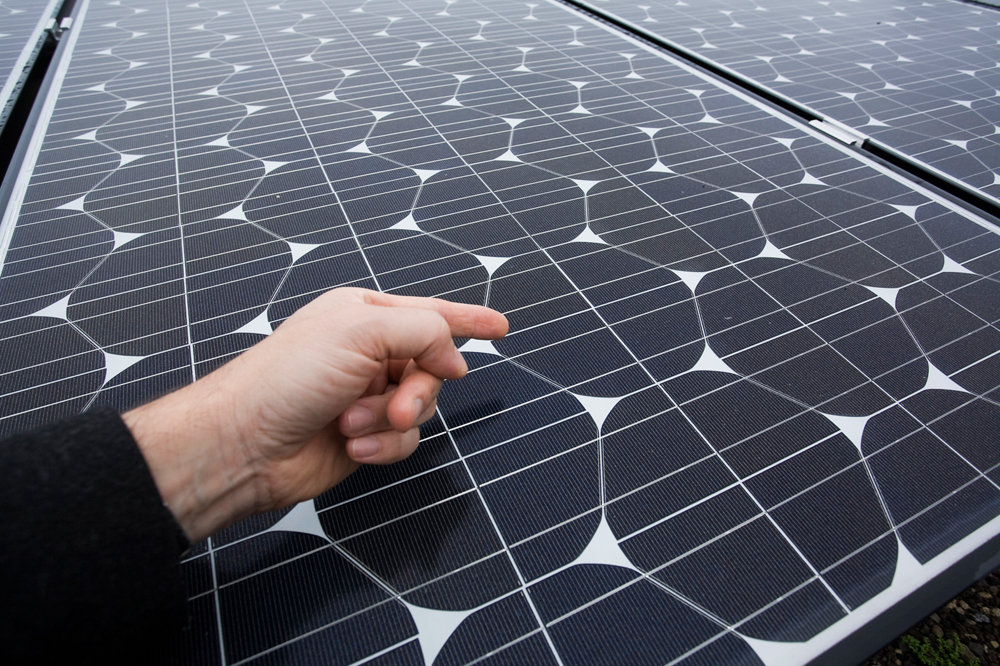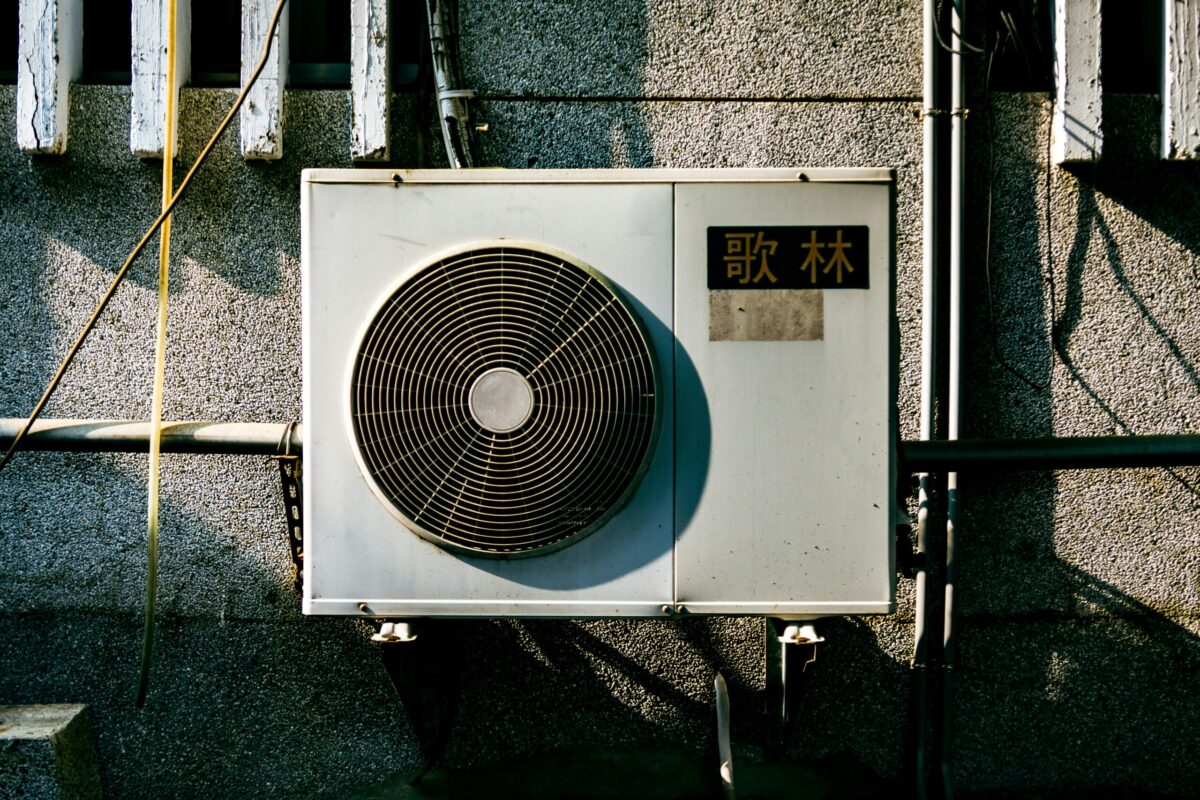Panasonic's Eco Solutions division — which manufactures PV modules, among other products — will cease manufacturing solar panels at the plant from the end of March 2018, according to an online statement. It did not reveal the annual output of the facility in Otsu, Shiga prefecture.
The production halt is part of a broader, ongoing effort to reorganize the Osaka-based company’s global solar business. Separately, it revealed plans last week to close a silicon ingot factory it operates in Salem, in the U.S. state of Oregon. The company attributed the decision to changing business conditions in the solar industry, but senior officials did not elaborate on the matter. It plans to start laying off its 92 employees at the facility in early November.
Last month, Panasonic posted a net profit of JPY 48.8 billion ($445.1 million) for the first quarter of the current fiscal year, despite an ongoing decline in sales of its PV modules. Its sales of solar panels fell 9.6% year on year in its home market in the fiscal year to the end of March 2017, as its net profit attributable to shareholders slid to JPY 149.4 billion, from JPY 165.2 billion a year earlier.
Panasonic described demand for its residential PV systems in Japan in the 12 months to the end of March 2017 as “weak.” It launched mass production of its HIT solar panels — which feature a heterojunction cell structure characterized by layers of monocrystalline and amorphous silicon — more than 20 years ago.
Kazuhiro Tsuga, president of the Japanese electronics group, said earlier this year that electric-vehicle batteries will become a core growth engine in the years ahead. The company expects its Eco Solutions unit to record sales of JPY 1.6 trillion and an operating profit of JPY 72 billion in the fiscal year to the end of March 2018.
This content is protected by copyright and may not be reused. If you want to cooperate with us and would like to reuse some of our content, please contact: editors@pv-magazine.com.



By submitting this form you agree to pv magazine using your data for the purposes of publishing your comment.
Your personal data will only be disclosed or otherwise transmitted to third parties for the purposes of spam filtering or if this is necessary for technical maintenance of the website. Any other transfer to third parties will not take place unless this is justified on the basis of applicable data protection regulations or if pv magazine is legally obliged to do so.
You may revoke this consent at any time with effect for the future, in which case your personal data will be deleted immediately. Otherwise, your data will be deleted if pv magazine has processed your request or the purpose of data storage is fulfilled.
Further information on data privacy can be found in our Data Protection Policy.